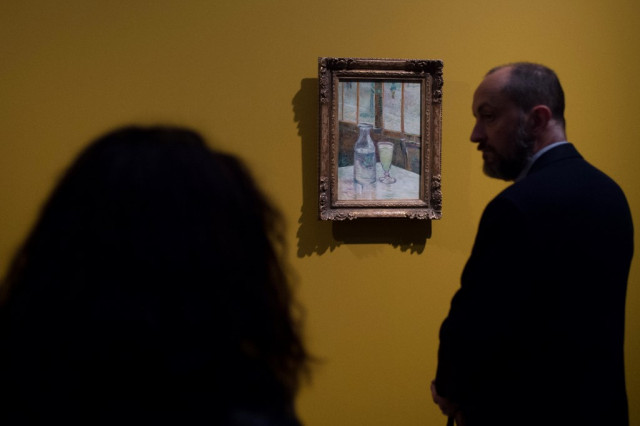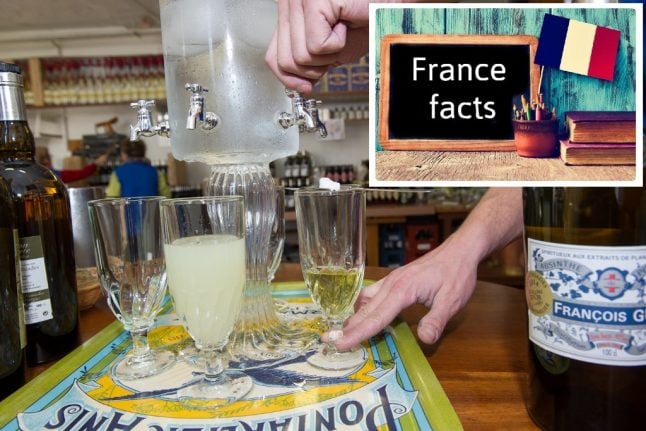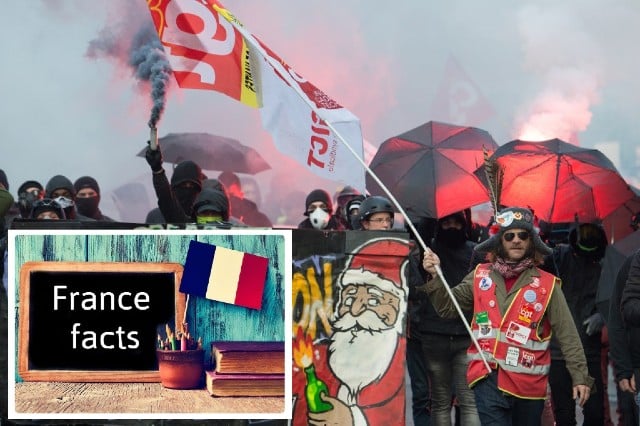The potent aniseed flavoured spirit became so notorious for causing hallucinations and madness that the French government banned it in 1915 and it was not allowed back on sale until 2000.
The drink, which was given EU protected geographical status earlier this year, is traditionally produced in the eastern French region of Pontarlier and uses locally grown herbs in the recipe.
The herbs include green anise and fennel, but to be considered real absinthe it must also contain wormwood. And it is one of the active ingredients of wormwood – thujone – that supposedly caused hallucinations.
Except that scientific testing back in the 1970s proved that there are no hallucinogens in absinthe.

Vincent Van Gogh's Café table with Absinthe. Photo: AFP
The fact the drink is 74 percent proof might have something to do with reports of madness though, drink enough of any alcohol that strong and you will probably start to display some odd behaviour.
The drink is widely associated with the artists of the Belle Epoque, although it was widely drunk all over France before the ban, some of whom – such as Toulouse-Lautrec and Van Gogh – certainly had their oddities.
But in their cases is seems more likely that alcoholism, physical and mental illness and possible venereal disease played more of a role in their well-documented oddities than a glass or two of la fée verte (the green fairy).



 Please whitelist us to continue reading.
Please whitelist us to continue reading.
Member comments